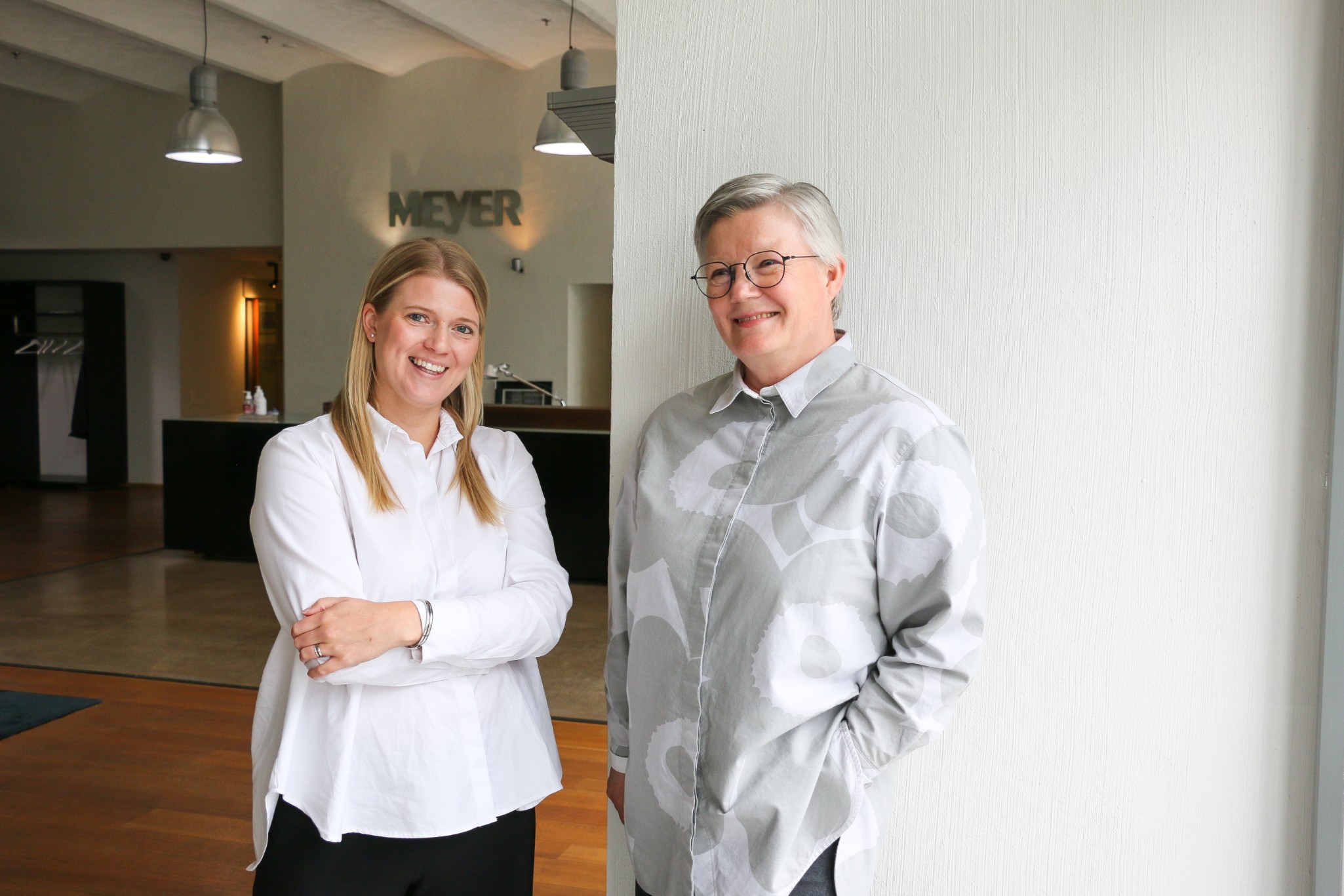This article is part of a series funded by the Regional Council of Southwest Finland under the TKI-kompassi project, which explores RDI investments made by companies in the Turku region.
NEcOLEAP, Meyer Turku’s flagship R&D program, has generated a range of innovations for building more energy-efficient and low-emission cruise ships. At the shipyard, innovation is everyone’s business.
The grand transition in shipbuilding. New technologies, green transition and digitalisation. Research and product development (R&D) at Meyer Turku shipyard focus on these themes. And the goal is to put the new, proven solutions into practice as efficiently as possible.
According to Head of Product Development Liina Vahala, it is crucial to be able to demonstrate to customers how the new solutions influence the cruise ship’s lifecycle, emissions, and operating costs.
– We are currently developing tools that allow us to respond quickly to customers’ questions about alternative futures, thus supporting their decision-making, Vahala says.
In addition, the entire shipyard needs to be developed to operate with greater flexibility, speed and quality, adds Marjo Keiramo, the Director of Meyer Turku’s Green Transition Lab.
– This requires new expertise in areas such as cybersecurity, IT, and automation, she says.
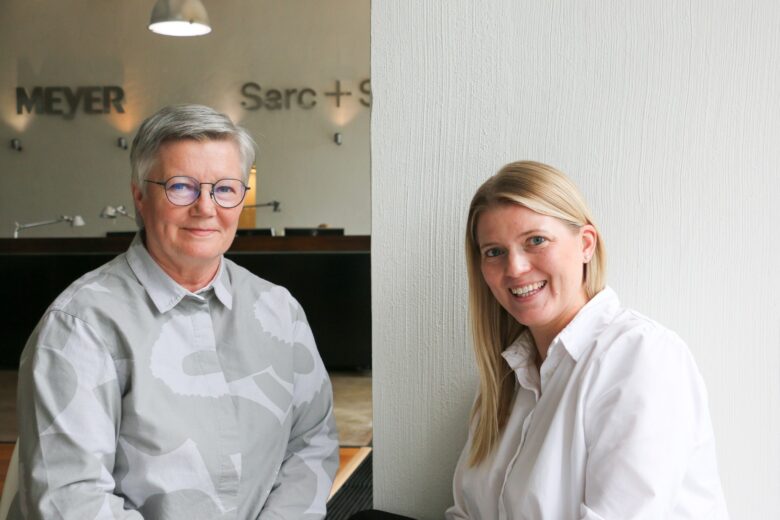
Towards a Net Zero Emission Cruise Ship
Meyer Turku’s largest ongoing R&D program is NEcOLEAP. It is funded by Business Finland and focuses on developing a Net Zero cruise ship. Meyer Turku is the leading company in the program, which involves a wide network of universities, research institutes, and businesses.
The program includes over 60 projects, which have focused on developing carbon-reducing and sustainable technological solutions for cruise ships. The solutions cover areas such as low emissions, energy efficiency, vessel weight management, and hull hydrodynamics.
According to Liina Vahala, even small changes in shipbuilding make a significant impact when applied to, for example, 2 500 cabins. Lighter and more sustainable cabin materials affect not only the ship’s construction carbon footprint, but also the carbon footprint and operational efficiency throughout its entire lifecycle.
– In mega scale cruise ships, individual solutions can save tens or even hundreds of tons in weight. This way seemingly small changes have a significant impact, Vahala says.
She explains that after this year, Meyer Turku can commit to building a Net Zero cruise ship. After 2030, the shipyard can produce such ships in practice.
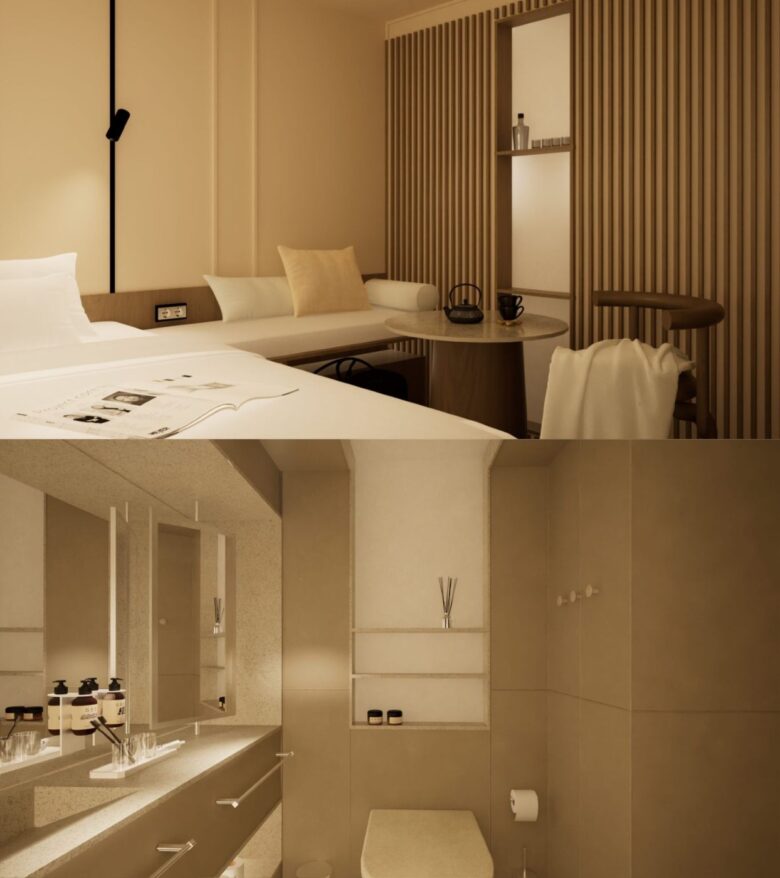
Does your company need support with research collaboration, product development, or commercialization? Business Turku’s experts will help you get on the right track.
Product Development Close to Everyday Work
At Meyer Turku, R&D is not limited to a single department. According to Marjo Keiramo, almost every employee contributes to product development and innovation as a part of their everyday work.
– For example, the NEcOLEAP program has involved nearly 500 Meyer Turku employees from different departments, she says.
All of Meyer Turku’s R&D projects are brought together under the Green Transition Lab, led by Keiramo. GT Lab is an R&D platform, founded by Meyer Turku and Åbo Akademi University, where the maritime industry and universities work together to develop novel solutions for production portfolio and operative processes.
Liina Vahala’s R&D department identifies which of the new technology solutions are mature enough to be utilised in customer projects and brings them to practice – to sales, design and production. When R&D is closely integrated into the shipyard’s daily operations, new solutions can be implemented quickly.
– A clear example is that even before the NEcOLEAP projects have concluded, many results are already being used in customer projects — both in ships already on order and in ongoing sales efforts, Vahala says.
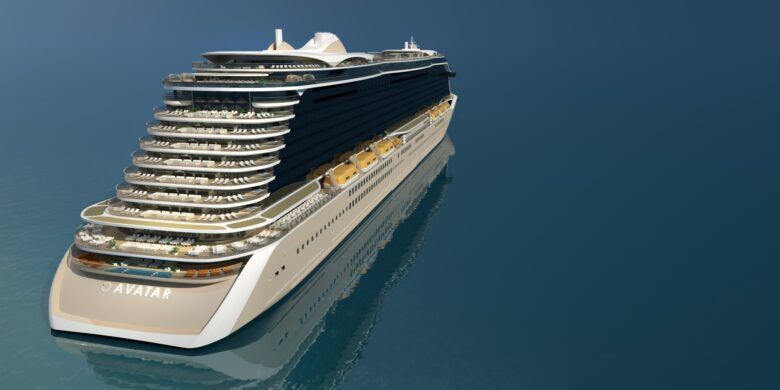
Tools for Visualising Results
When new solutions are developed across dozens of projects, understanding the overall picture can be challenging. In the NEcOLEAP program, this was solved with Meyer AVATAR. It is a virtual ship environment that brings together the results of all projects.
– This way we can formulate an understanding of how the solutions are connected to and affect each other, Vahala says.
Keiramo thinks that it is also important to identify the areas that Meyer Turku should not engage in. For instance, the technology companies Wärtsilä and ABB both have their own R&D programs which also benefit Meyer Turku.
She is pleased that NEcOLEAP has inspired many partner companies to develop their own operations. The program has also attracted new companies to Meyer Turku’s ecosystem.
What has surprised Vahala about NEcOLEAP is the sheer number of diverse new solutions invented in the program. The result is not just a Net Zero cruise ship concept, but also many ways to create a more energy-efficient and competitive product tailored to customer needs.
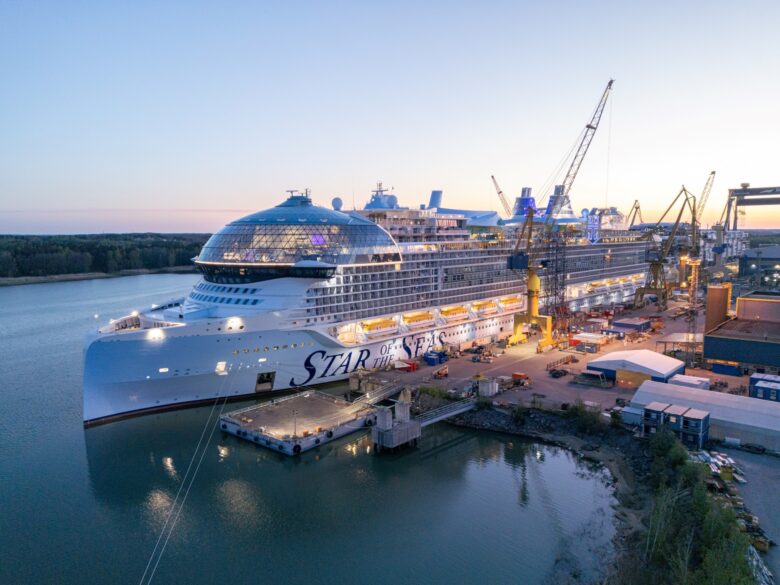
Contact us
Looking for a spark to grow your business, expand your network, or explore funding opportunities? We’re here to help you develop your business and find opportunities for growth.
Our services are always cost-free.
Text: Heidi Pelander
Photos: Heidi Pelander / Meyer Turku
This article is part of the TKI-kompassi project, funded by the Regional Council of Southwest Finland.

